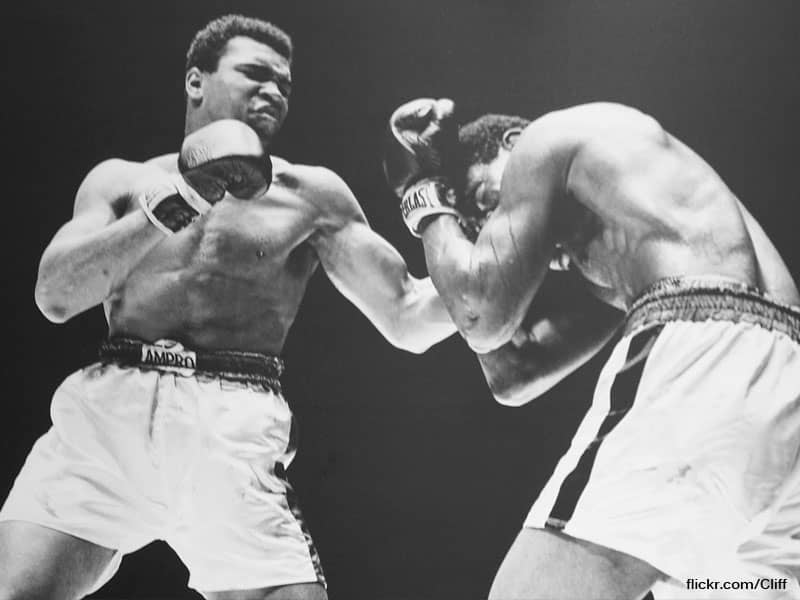The stoning of the Devil is one of the most important rituals of the Hajj. After standing on the plain of Arafat, pilgrims spend the night on a plain called Muzdalifah. There, they gather 70 stones with which to pelt three stone pillars representing the Devil. The next day, the day of Eid-ul-Adha, pilgrims stone the largest of the three pillars with seven stones. Then, for the next three days, pilgrims pelt each of the three stone pillars with seven stones. This, along with a final circumambulation of the Ka'bah, completes the rituals of the Hajj.
The stoning of the Devil ritual reenacts part of the story of Abraham and his sacrifice of his son. God told Abraham in a dream to slaughter his only son--Ishmael in Muslim belief--as a sacrifice to God. Abraham consulted Ishmael about this, and Ishamel told his father to comply immediately. On his way to sacrifice his son, the Devil appeared three times to Abraham to dissuade him from fulfilling his duty. Abraham stoned the Devil with seven stones each time he appeared to him.
This ritual also has a spiritual significance. By stoning the pillars, pilgrims openly declare their enmity to the Devil. This ritual is particularly emotional for many pilgrims. The pillars actually become the Devil for many pilgrims, and people can be heard screaming, "Because of you, I did..." It can also be particularly dangerous, as recent news reports have shown, because of the sheer number of pilgrims doing the same thing at the same time. Last year, when I went on Hajj, twice, my wife and I were almost trampled to death.
Thus, those who are not strong enough can designate someone else to throw stones on their behalf. In addition, many scholars have advocated stoning the pillars at different times of the day and night so as not to crowd other pilgrims. My wife and I, in fact, stoned the pillars in the wee hours of the morning.
Despite its potential dangers, stoning of the pillars are a wonderful part of the Hajj ritual. I would not hesitate to do it again.

